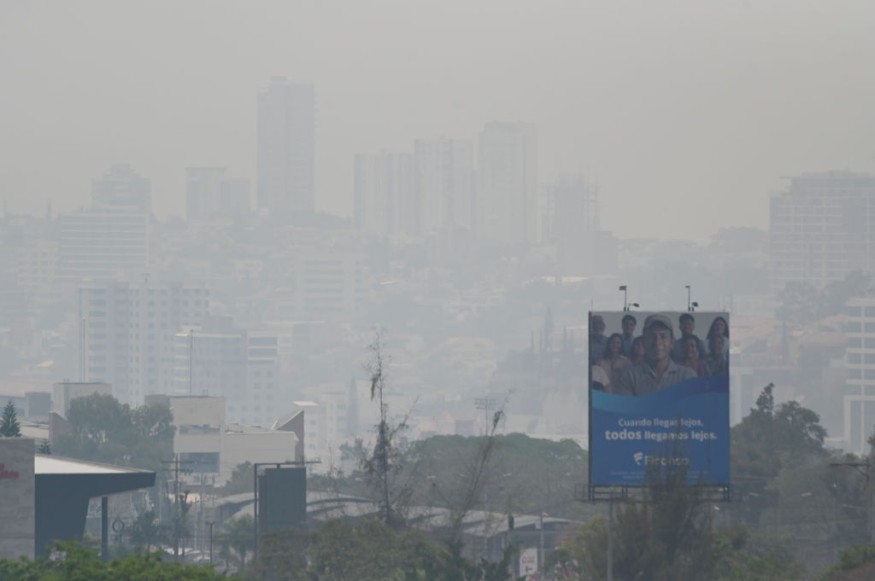
According to a recent study, using a gas stove raises nitrogen dioxide exposure to levels above those advised by public health.
The study, which was published on Friday in Science Advances, discovered that low-income people and people of color in the US were disproportionately impacted.
Nitrogen Dioxide At Home
Average concentrations of the dangerous pollutant, often known as nitrogen dioxide (NO2), are increased by indoor gas and propane appliances to 75% of the WHO guideline for exposure to both indoor and outdoor environments.
That means that by using a gas stove to cook, a person will have inhaled three-quarters of the permissible limit of nitrogen dioxide, even if they are not exposed to it from other sources like power plants or traffic emissions.
The study also suggests that the nitrogen dioxide that stoves release affects the entire house, sometimes even for hours after the stove has been switched off.
The study, which tested nitrogen dioxide in over 100 homes prior to, during, and following the use of gas stoves, discovered that pollution enters bedrooms an hour after the stove is turned on and remains above hazardous levels for several hours following use.
The Energy Information Administration estimates that 38% of US homes use gas stoves, however not all of them are equally exposed to nitrogen dioxide.
According to the study, a person's home's size has a significant role, as those who live in apartments less than 800 square feet are four times more likely to experience chronic exposure than those who live in homes larger than 3,000 square feet.
"It's good to see this work focusing attention on indoor air, particularly in our homes, because that's where we spend most of our time," said Jon Samet, professor of environmental and occupational health at the Colorado School of Public Health.
Nitrogen dioxide aggravates respiratory conditions like asthma by irritating the airways. According to the Stanford study, there are at least 50,000 occurrences of pediatric asthma in the US each year that are thought to be caused by long-term exposure to nitrogen dioxide from stoves.
Racial And Socioeconomic Burden
The disparate racial and socioeconomic burden of exposure is further highlighted by the data. According to the study, compared to the national average, American Indians and Alaska Natives are exposed to 60% more nitrogen dioxide from gas and propane stoves.
Households with black and Latino/Hispanic residents inhale 20% more nitrogen dioxide from their stoves.
Individuals earning under $10,000 annually breathe in nitrogen dioxide at a rate that is more than twice that of those in households earning over $150,000 annually.
Although the focus of this study was cooking-related cooktop pollution, which represents a relatively brief exposure, some low-income individuals rely on stoves and ovens for heating during the winter.
"There's an underlying assumption that people are only using their stove or oven to cook and to prepare meals," said Diana Hernandez, a sociologist at Columbia University who was not involved in the Stanford study.
Hernandez and her colleagues found in a recent survey that more than 20% of New Yorkers heated their houses with stoves or ovens.
Related Article : Demand for Wood Stoves Increases in Urban Areas Despite Its Harmful Effects to the Environment
© 2025 NatureWorldNews.com All rights reserved. Do not reproduce without permission.





